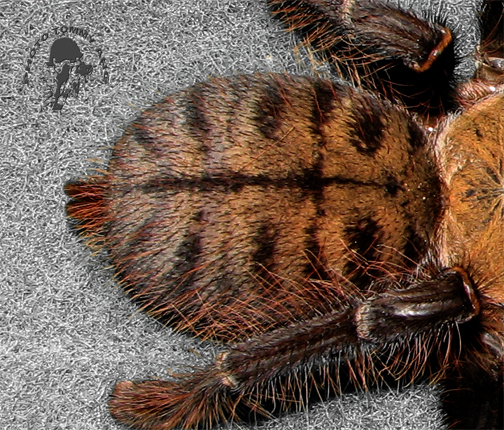- Joined
- Apr 15, 2009
- Messages
- 163
If I'm not mistaking they look like Ahaetula or something from the Trimeresurus complex. Just a wild guess, let's see what the owner says!


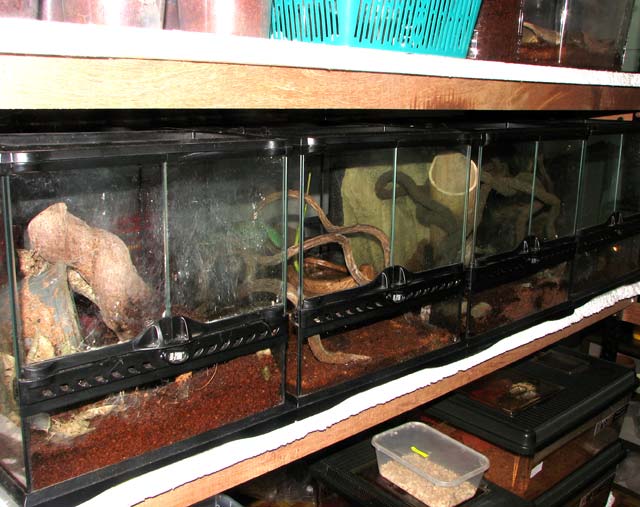





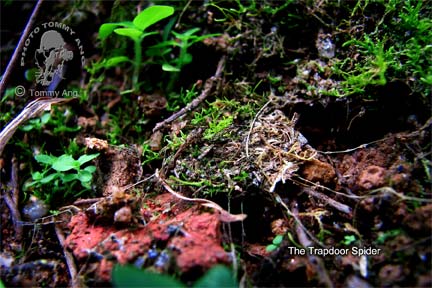
nice pics.You're right about the respiratory problems,TiberiuSahly. And it is quite difficult to treat them.
Here's another picture of a Wragler's Pit Viper. I caught it
while hunting for tarantulas in the tropical rainforest.

Now let's get back to spider hunting.
This is a typical view of the forest. We are still on the edge of the forest
and we'll be going deep into it soon.
That's Dr John taking the lead.

Dr John is checking out a Chilobrachys sp. burrow. ( Photo below )

Along the way we came across this - a trapdoor.
If you don't look very carefully, you'll miss it.
The Liphistius desultor is a master of the art of camouflage.
The 'door' blends in perfectly with the surrounding landscape

More coming soon. Warmest regards.
Tommy Ang
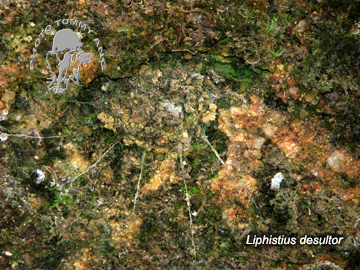
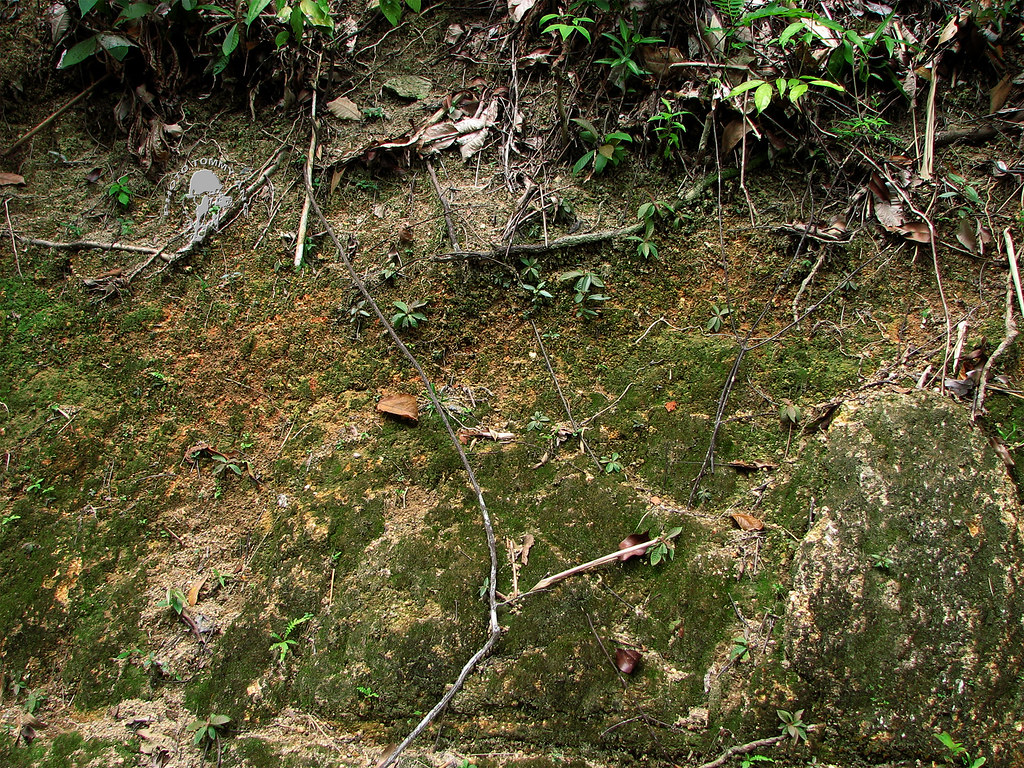


Very cool. You might try a piece of grass, I used to use that as a kid. Seemed to fool 'em well"i see the door...i think...is the spider in the pic?" - micheldied
The door is right in the middle of the photo. If you look carefully, you'll see trip lines radiating from the edge of "the door" outwards. These trip lines allow the spider to sense vibrations of anything that crosses them and the spider can know whether it is food or a threat. I know because I've tried putting my fingers on these lines and nothing happens. When an insect walks across it - ZAP!!!! - the insect is gone. Liphistius desultor are very fast creatures.
Here's another photo of the trapdoor. Can you see the trip lines?

Imagine you are facing a wall and you are about 6 feet away from it.
Try to see if you can spot the trapdoor.

Now we walk a little bit closer. Can you see it?

This is it.

By for now.
Tommy Ang


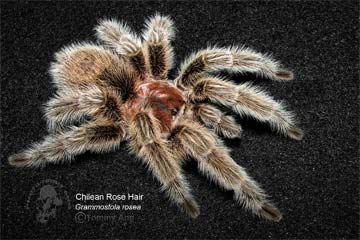

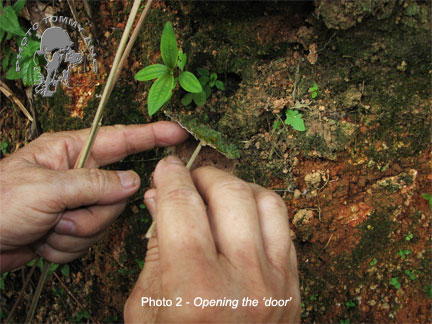




very nice pics."did you get the spider out? - micheldied"
The Liphistius desultor was never taken out because it's one of the very few big ones around in the wild. It must be given a chance to propagate.
And now let's look at some of the Ts in my collection, starting with the Cobalt Blue Tarantula ( Haplopelma lividum ). This T digs a deep and almost vertical burrow and stays at the bottom most of the time. It makes its appearance during the night when all is quiet. All my 14 Cobalt Blues behave in the same way. The only way to photograph them is to relocate them to some manageable surroundings. If you like Ts which you seldom see but you know it is there, then Haplopelma lividum should be in your collection.





